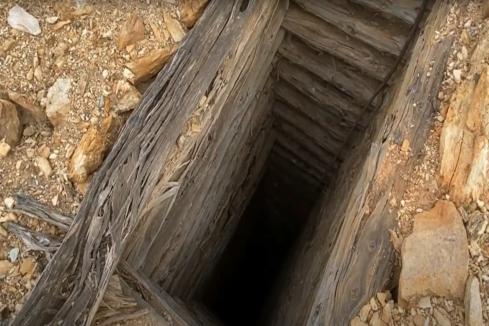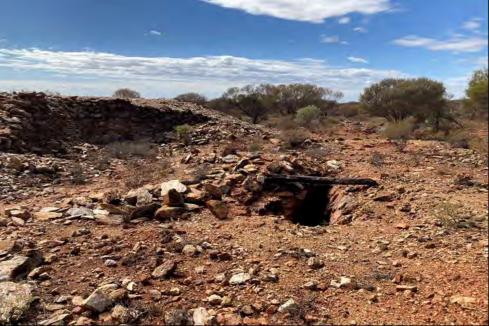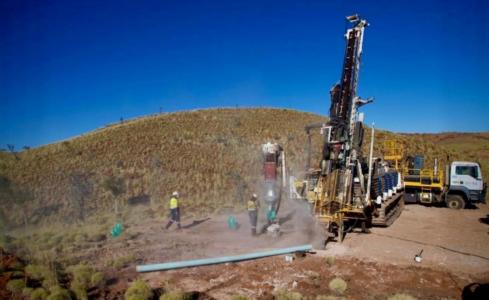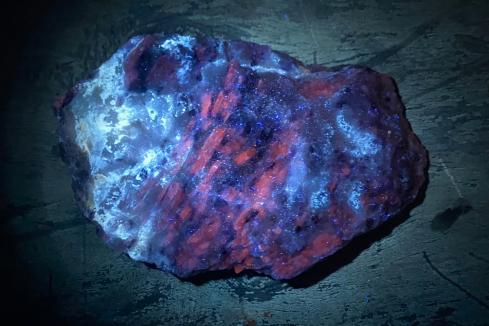Infinity Mining will drill 10 RC holes at its Brisbane nickel prospect in the Pilbara after receiving $117,810 in WA Government grant funding. The company has revealed plans to explore an ultramafic basal contact target at the prospect, in addition to a prominent conductive target that may represent nickel sulphides, which was identified by a helicopter electromagnetic survey.

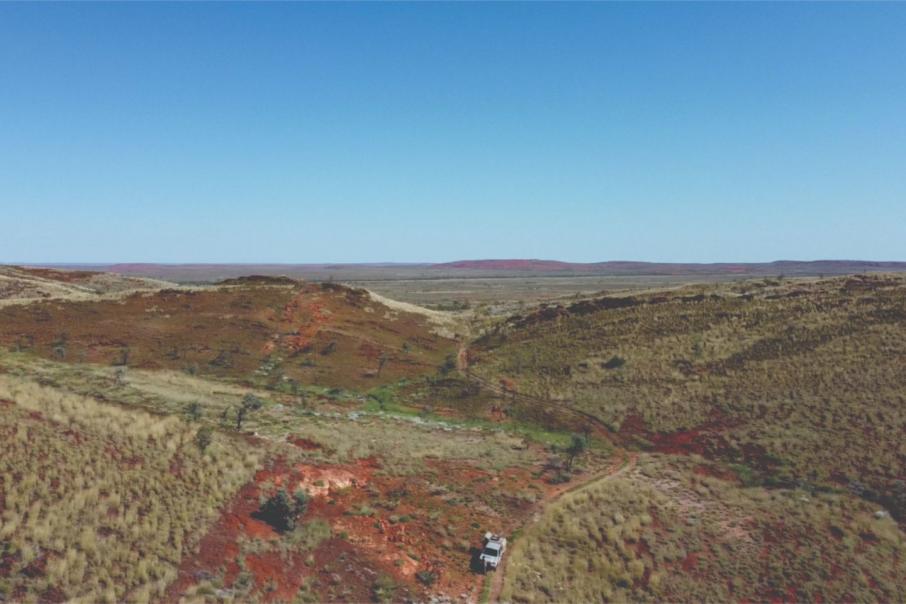
Infinity Mining will conduct a maiden drilling program at its Brisbane nickel prospect in the Pilbara region, following a successful bid to secure $117,810 in WA Government grant funding.
The company, which has committed to funding the remainder of the $268,720 project, previously took 35 rock-chip samples from across the basal contact of the magnesium-rich ultramafic intrusive rocks of the Dalton Suite, returning up to 0.764 per cent nickel and 0.892 per cent chromium.
It will now drill 10 RC holes across the ultramafic basal contact target at Brisbane and will also explore a prominent conductive target – 350m to the east – which was identified by a helicopter electromagnetic survey in October last year. The company believes the latter may represent a buried nickel sulphide system.
Infinity secured the grant as part of the WA Government’s Exploration Incentive Scheme, which aims to stimulate private sector resource exploration in the State in the hope of leading to new local discoveries. The company says its helicopter electromagnetic survey data is being processed and expects it to provide exciting new targets for follow-up exploration this year.
Infinity Mining chief executive officer Joe Groot said: “The identification of the Brisbane Nickel prospect in open file data and confirmation of the anomalous Ni-Cr geochemistry is very exciting, especially as the preliminary work from our VTEM survey has identified a prominent conductive anomaly target nearby. The EIS is a very competitive program, and the funding will assist with our active 2023 field campaign in the East Pilbara which is due to commence shortly.”
The Brisbane prospect was discovered in 1969 by Planet Metals, which carried out a program of geological mapping and rock-chip sampling along the basal contact of a magnesium-rich ultramafic intrusive of the Dalton Suite. Planet returned rock chip samples of up to 0.52 per cent nickel and 1.48 per cent chromium in gossanous or iron-rich shears in a strata-bound basal olivine-rich peridotite intrusive. Costean samples assayed up to 0.632 per cent nickel.
Planet did not assay for platinum group metals, although the geological setting appears favourable. No further work was conducted at the Brisbane nickel-chromium prospect until Infinity started its exploration last year.
The target ultramafic unit at Brisbane has intruded the contact between mafic rocks to the south-west and felsic volcanics to the north-east. The rocks are strongly-folded and lie on the southern limb of a big south-west-plunging anticline structure. The area is heavily faulted.
Government magnetic data available to the public indicates that the prospective ultramafic intrusive of the Dalton Suite continues underneath the mapped Fortescue Group ground to the south.
Infinity carried out a reconnaissance exploration program at Brisbane last year and reported assay results from the 35 rock-chip samples in December. The company confirmed the presence of a significant magnesium-rich ultramafic peridotite body, with gossanous and silicified shear zones in addition to gossanous cherts along the peridotite contact.
Strong iron and manganese-rich gossans were seen and rock-chip samples assayed up to 0.764 per cent nickel, 0.892 per cent chromium and 0.257 per cent zinc. Six of the company’s new RC drill holes will test along the strike of the Brisbane prospect.
Management said its helicopter electromagnetic survey from last year consisted of 449 line kilometres covering the area around Brisbane. It says preliminary data shows the 700m-by-400m prominent conductive anomaly that could represent buried nickel sulphides and a coincident public-domain magnetic anomaly could be related to alteration and mineralisation.
The anomaly has been scheduled for RC drill testing in the grant-funded program with four evenly-spaced holes planned and different dip directions accounted for by drill orientations. The relationship between the anomaly and the Brisbane prospect is not yet known.
Ultramafic nickel discoveries in WA are hitting the headlines this year with Western Mines Group leading the charge following a 700 per cent share gain this month. Infinity could soon join the club when the RC drilling results are in and more eyes than usual will probably be watching.
Is your ASX-listed company doing something interesting? Contact: matt.birney@businessnews.com.au







